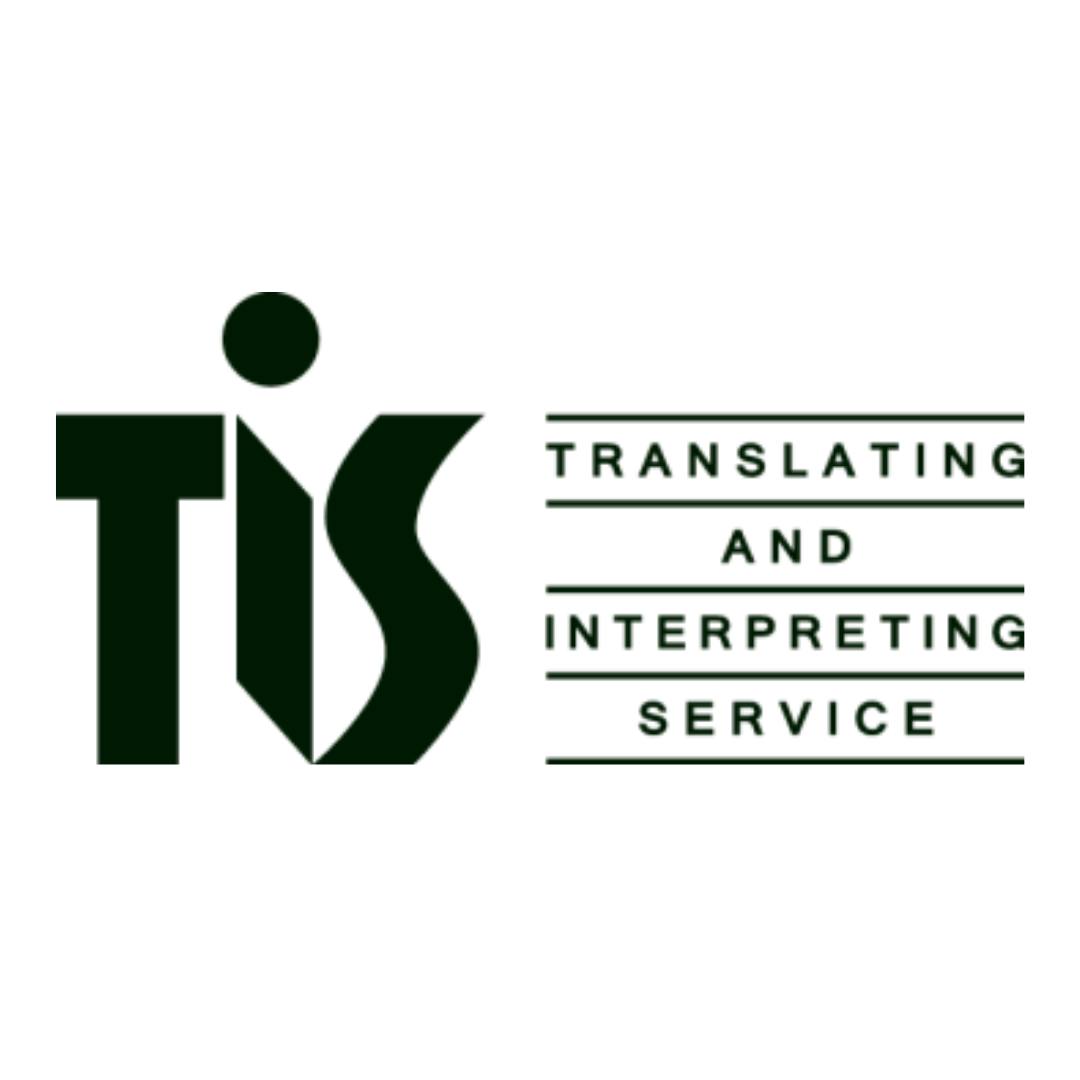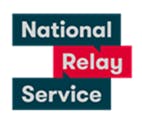Public Exhibition of the Draft Overland Flow Floodplain Risk Management Study and Plan
Consultation has concluded
Update:
Hasn't Council already completed the public exhibition in 2022?
A public exhibition for the Overland Flow Floodplain Risk Management Study and Plan for Hurstville, Mortdale and Peakhurst Wards was open for feedback between 1 June 2022 and 3 July 2022.
Following the public exhibition in 2022, in order to address the submissions received, additional assessments has been undertaken in 2023, this has included:
- Revision of the hydraulic model at the northern study area boundary and
- Revision of the method used to determine the Flood Planning Area.
The following sections of the draft report were updated due to the changes listed above:
- Table 1 & 31 - Addition of recommendation LD01
- Section 1.4 - Additional information added in relation to recent and historical storm events
- Section 3.8 - Details of public exhibition added
- Section 8.3.2 - Flood Planning Criteria amended
- Section 8.3.4 - Minor changes made in relation to drainage and runoff controls
- Section 8.4.1.7 Addition of local drainage recommendation LD01
- Table 31 Addition of Recommendation LD01
- Addition of Appendix C - Community Consultation
- Figures and Maps updated to reflect the changes in the hydraulic model at the northern study area boundary (along Josephine Street, Riverwood)
With financial assistance from the NSW Government’s Floodplain Management Program, Council has now prepared the Draft Overland Flow Floodplain Risk Management Study and Plan for Hurstville, Mortdale and Peakhurst Wards and Figures for the Plan. This project is the next step in increasing our community’s resilience to flooding. The Draft Plan identifies measures and strategies to reduce the impacts of overland flood risk to residents and businesses in the study area.
Key Stages of the Preparation
The existing suite of computer models developed as part of the 2016 Flood Study, to define and map flood behaviour, were updated. Updates included changes to the catchment that have occurred since the flood study was undertaken, such as developments and upgrades to roads and drainage, and changes to the applied design flood methodologies as outlined in Australian Rainfall and Runoff 2019.
The updated suite of computer models was then used to identify and assess a range of measures and strategies with the aim of reducing the risk from flooding. These strategies included:
 | Flood modification – this approach looks at changing the flood behaviour using structures such as detention basins or drainage system improvements. |
 | Property modification – this approach includes modification to existing properties and seeks to better manage future development through land use planning. |
 | Response modification – this approach focuses on increasing our resilience through better preparedness, improved warning and recovery planning. |
The Draft Plan has been undertaken in accordance with the NSW Government’s Flood Prone Land Policy which is outlined in the NSW Government’s Floodplain Development Manual 2005. You can learn more about the NSW Floodplain Management Program at the NSW Department of Planning Industry and Environment’s webpage.
Hasn’t Council already completed a Flood Study?
In June 2016, Council completed and formally endorsed the Overland Flow Flood Study for the Hurstville, Mortdale and Peakhurst Wards. This study identified parts of the study area that are more prone to flooding than others.
The Flood Study is a technical investigation of flood behaviour, while the Floodplain Risk Management Study and Plan aims to investigate and prioritise strategies to manage flood risk and reduce the impacts of flooding on the community through implementation of these strategies. Impacts can include property damage and financial loss, inconvenience and personal danger.
The Floodplain Risk Management Study and Plan are towards the latter end of the NSW Floodplain Management Process with the subsequent stages focused on implementation of recommendations. Once these recommendations are implemented, Council will review and monitor the recommendations for improvement.
Local councils are responsible for managing flood prone land in NSW and are supported in this responsibility by the NSW Department of Planning, Industry and Environment, through technical and financial support.
How can I review the Plan?
Back in the early stages of the study, we sought community input through a questionnaire and encouraged the community to become involved through Council’s Floodplain Risk Management Committee. That input has been considered in the preparation of the Plan. To view the Plan, you can:
 | View and download online. Click here to view the Plan or use the documents tab on this page to access all our documents, which includes our Figures for the Plan. You can also access our Static Grid Maps on this page. |
 | View in person at Georges River Council Civic Centre or Libraries |
 | Book in time to speak to us. You can request a booking by clicking here or using the request form at the bottom of this page |
How can I provide my feedback?
Community participation is essential and now is time for the community to provide feedback on the recommendations in the Plan. If you would like to provide feedback or comments on the Policy, we encourage you to:
 | Complete our online feedback form. Click here or use the links below to submit your online feedback |
 | Return a hard copy submission* |
What other resources are available?
 | Read our FAQ, which you can access here or by using the FAQ tab on the right side of this page (or below on mobile) |
View our online mapping tool.You can use this to view:
|
Note:
1. Flood extents have been prepared based on design flood events, in accordance with Australian Rainfall and Runoff 2019. Flood behaviour experienced during actual storm events may differ due to a range of factors, including localised features or variations in rainfall distribution or storm type.
2. The flood extents shown on this map have been prepared at a study area wide scale and are therefore approximate and intended to be indicative. The map must not be used in isolation to determine whether a property is affected by flooding. This can be confirmed by comparing estimated design flood level(s) for the property with detailed ground survey undertaken by a registered surveyor.
*If you are returning a hard copy submission, please quote SF22/2632 Public Submission - Draft Overland Flow Floodplain Risk Management Study and Plan at the beginning of your submission and return:
 | In person to Georges River Council Civic Centre or Libraries |
 | Via email: mail@georgesriver.nsw.gov.au |
 | Via post: PO Box 205, Hurstville BC NSW 1481 |
Do you need assistance reading and accessing this page?
For a free interpreter call us via the Translating and Interpreting Service (TIS) on 131 450
If you have a hearing or speech impairment, please contact the National Relay Service:
- Voice Relay number: 1300 555 727
- TTY number: 133 677




